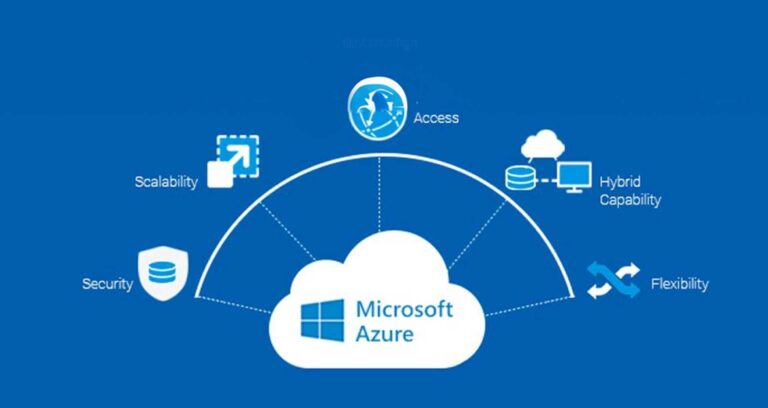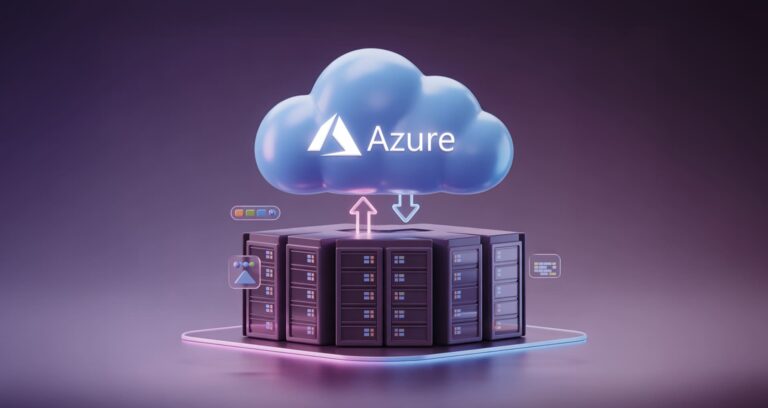
The terms Artificial Intelligence (AI) and Intelligent Automation (IA) are often used interchangeably. However, they refer to distinct concepts with unique applications and implications. Understanding the differences between AI and IA is crucial for businesses and individuals looking to leverage these technologies effectively.
What is Artificial Intelligence (AI)?
Artificial Intelligence (AI) is a branch of computer science focused on creating systems capable of performing tasks that typically require human intelligence. These tasks include learning, reasoning, problem-solving, perception, and language understanding.
Key Characteristics of AI
AI systems are designed to mimic human cognitive functions. They can learn from experience, adapt to new inputs, and perform tasks that usually require human intelligence. Key characteristics include:
- Learning and self-improvement
- Problem-solving capabilities
- Natural language processing
- Perception through sensors
Types of AI
AI can be broadly classified into three types:
- Narrow AI: Specialized in a single task. Examples include voice assistants like Siri and Alexa.
- General AI: Possesses generalized human cognitive abilities. It can learn and apply knowledge across a wide range of tasks.
- Superintelligent AI: Surpasses human intelligence across all fields. This is a theoretical concept that is yet to be realized.
What is Intelligent Automation (IA)?
Definition of IA
Intelligent Automation (IA) combines artificial intelligence with automation technologies to perform tasks without human intervention. It aims to enhance process efficiency and effectiveness by automating repetitive and rule-based activities.
Key Characteristics of IA
IA integrates AI capabilities with traditional automation. Key characteristics include:
- Process automation
- Decision-making based on predefined rules
- Ability to handle structured and unstructured data
- Integration with existing IT systems
Types of IA
IA can be categorized into:
- Robotic Process Automation (RPA): Automates repetitive tasks by mimicking human actions.
- Cognitive Automation: Uses AI technologies like machine learning and natural language processing to perform complex tasks.
AI vs. IA: Core Differences
Fundamental Distinctions
- Scope: AI focuses on replicating human intelligence, while IA aims to automate specific processes.
- Functionality: AI involves learning and adaptation, whereas IA primarily follows predefined rules and processes.
- Complexity: AI handles complex tasks requiring cognitive functions. IA deals with repetitive, rule-based tasks.
Purpose and Applications
- AI: Used in areas requiring decision-making, prediction, and natural language understanding.
- IA: Applied to automate business processes, improve operational efficiency, and reduce manual efforts.
Applications of Artificial Intelligence
Real-World Use Cases
AI is transforming various industries with applications such as:
- Healthcare: AI-driven diagnostics, personalized treatment plans, and medical imaging analysis.
- Finance: Fraud detection, algorithmic trading, and customer service chatbots.
- Retail: Personalized recommendations, inventory management, and customer insights.
Industry-Specific Applications
- Manufacturing: Predictive maintenance, quality control, and supply chain optimization.
- Transportation: Autonomous vehicles, traffic management, and route optimization.
- Education: Intelligent tutoring systems, personalized learning, and administrative automation.
Applications of Intelligent Automation
Real-World Use Cases
IA is widely used for process optimization in various sectors, including:
- Finance: Automating compliance processes, loan processing, and customer onboarding.
- Human Resources: Streamlining recruitment, payroll processing, and employee onboarding.
- Customer Service: Automating responses to common queries, processing orders, and handling complaints.
Industry-Specific Applications
- Healthcare: Automating patient data entry, billing, and appointment scheduling.
- Manufacturing: Robotic assembly lines, quality control, and inventory management.
- Telecommunications: Network management, customer support automation, and billing.
AI vs. IA in Business
How Businesses Leverage AI
Businesses use AI to gain insights from data, improve customer experiences, and innovate products and services. AI applications in business include:
- Customer Insights: Analyzing customer behavior and preferences to tailor offerings.
- Product Development: Using AI for research and development, prototyping, and testing.
- Operational Efficiency: Enhancing logistics, supply chain management, and resource allocation.
How Businesses Leverage IA
IA helps businesses streamline operations, reduce costs, and improve accuracy. Key IA applications include:
- Process Automation: Automating routine tasks to free up human resources for higher-value activities.
- Decision Support: Providing real-time data and analytics to support decision-making.
- Compliance: Ensuring regulatory compliance through automated processes and reporting.
Benefits of Artificial Intelligence
Efficiency and Productivity
AI enables faster decision-making, automates complex tasks, and improves overall productivity. It reduces the need for manual intervention and enhances accuracy.
Decision-Making Enhancement
AI provides valuable insights from large datasets, helping businesses make informed decisions. It can identify patterns, predict outcomes, and recommend actions.
Benefits of Intelligent Automation
Cost Reduction
IA reduces operational costs by automating repetitive tasks, minimizing errors, and increasing efficiency. It allows businesses to allocate resources more effectively.
Process Improvement
IA enhances process efficiency by standardizing workflows, reducing cycle times, and improving accuracy. It enables businesses to scale operations without proportional increases in costs.
Challenges and Limitations of AI
Ethical Concerns
AI raises ethical issues related to privacy, bias, and job displacement. Ensuring responsible AI development and deployment is crucial.
Technological Constraints
AI systems require significant computational power and data for training. Ensuring data quality and addressing technical limitations are ongoing challenges.
Challenges and Limitations of IA
Implementation Barriers
IA implementation requires careful planning, integration with existing systems, and change management. Resistance to change and lack of skilled personnel can hinder adoption.
Maintenance Issues
IA systems need regular updates and maintenance to ensure optimal performance. Managing these aspects can be resource-intensive.
AI and IA in the Future
Trends and Predictions
The future of AI and IA looks promising, with advancements in machine learning, natural language processing, and robotics. Integration of AI and IA will drive further innovation and efficiency.
Emerging Technologies
Technologies like quantum computing, edge AI, and blockchain are set to revolutionize AI and IA. These advancements will enable new applications and capabilities.
AI vs. IA: Choosing the Right Technology
Factors to Consider
- Business Needs: Assessing the specific needs and goals of the business.
- Cost and ROI: Evaluating the cost-effectiveness and return on investment.
- Scalability: Considering the scalability of the technology.
Strategic Decision-Making
Choosing between AI and IA depends on the nature of the tasks, desired outcomes, and available resources. Strategic decision-making ensures the right technology is implemented for maximum benefit.
Case Studies
Successful AI Implementations
- Healthcare: IBM Watson’s use in cancer diagnosis and treatment recommendations.
- Finance: JPMorgan’s use of AI for contract analysis and fraud detection.
Successful IA Implementations
- Telecommunications: Vodafone’s use of IA for customer service automation.
- Manufacturing: Siemens’ implementation of robotic process automation for assembly lines.
Conclusion
AI and IA are transformative technologies with distinct applications and benefits. Understanding the differences and leveraging them effectively can drive significant business value. As technology continues to evolve, staying informed and adapting to new advancements will be key to success.
FAQs
1. What is the difference between generative and predictive AI?
Generative AI creates new content or data based on learned patterns, while predictive AI analyzes existing data to make predictions about future outcomes.
2. Can AI and IA work together?
Yes, AI and IA can complement each other. AI can enhance IA by providing advanced decision-making capabilities, while IA can streamline and automate processes, making AI implementations more efficient.
3. How do AI and IA impact job roles?
AI and IA can lead to the automation of repetitive tasks, allowing employees to focus on higher-value activities. However, they may also require reskilling and upskilling of the workforce.
4. What industries benefit the most from AI and IA?
Industries such as healthcare, finance, manufacturing, and telecommunications benefit significantly from AI and IA due to their ability to improve efficiency, accuracy, and decision-making.
5. How can businesses start implementing AI and IA?
Businesses can start by identifying areas that would benefit from automation and intelligence, investing in the right technologies, and partnering with experts in AI and IA to ensure successful implementation.
Write and Win: Participate in Creative writing Contest & International Essay Contest and win fabulous prizes.

